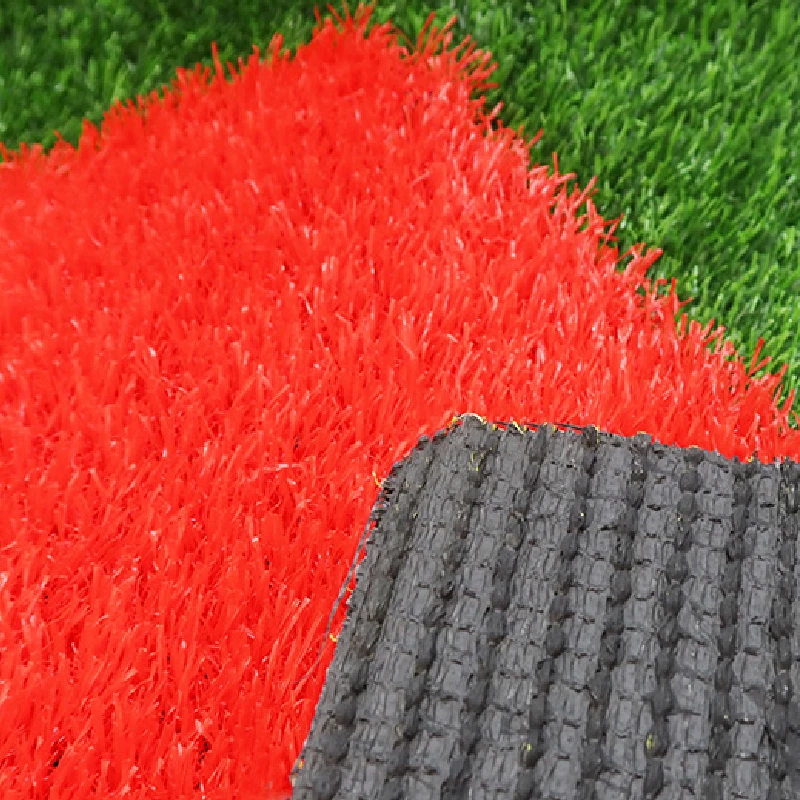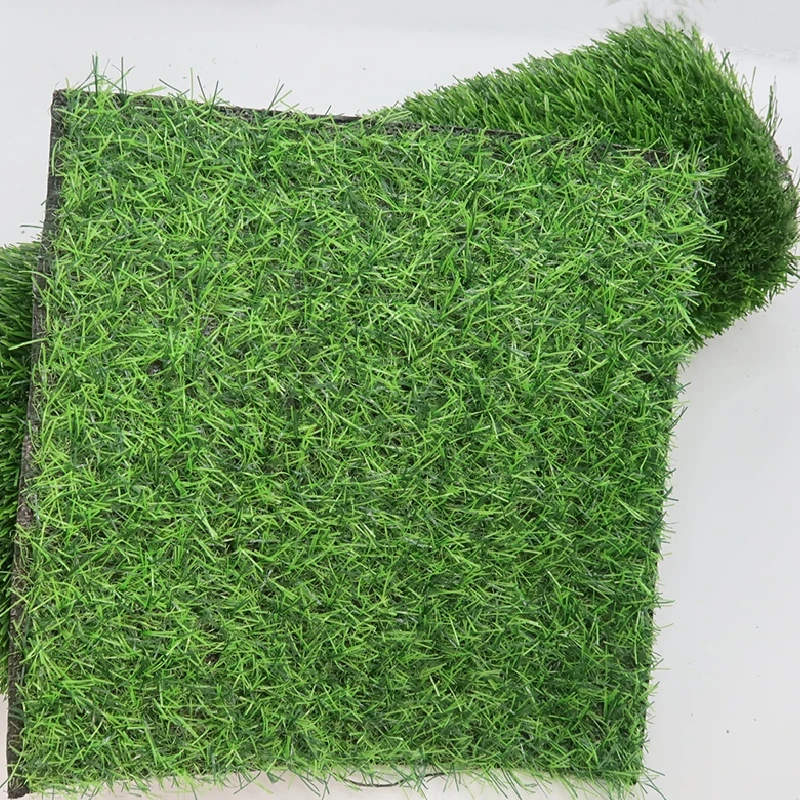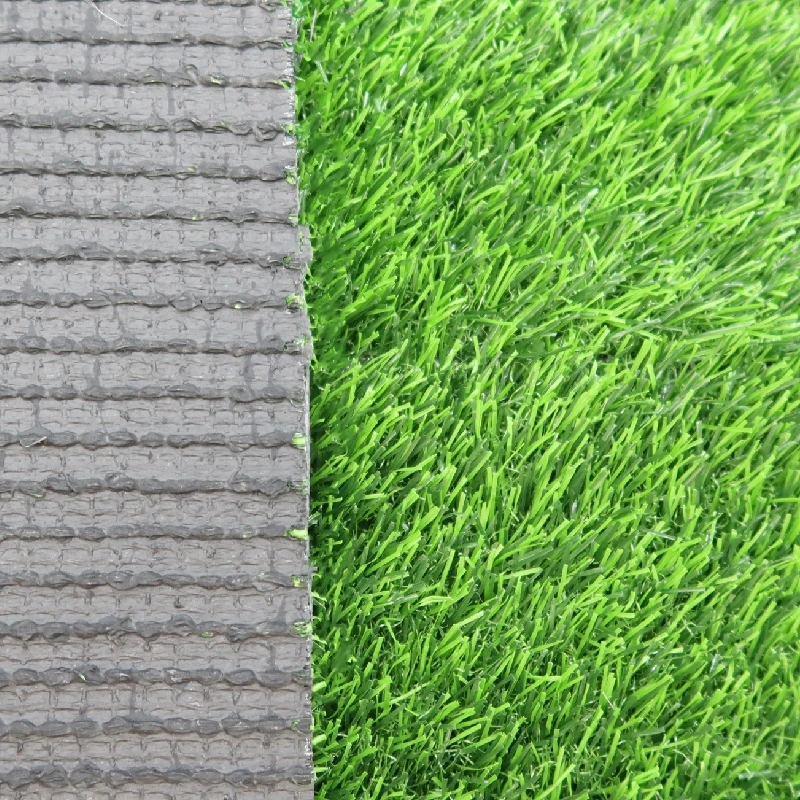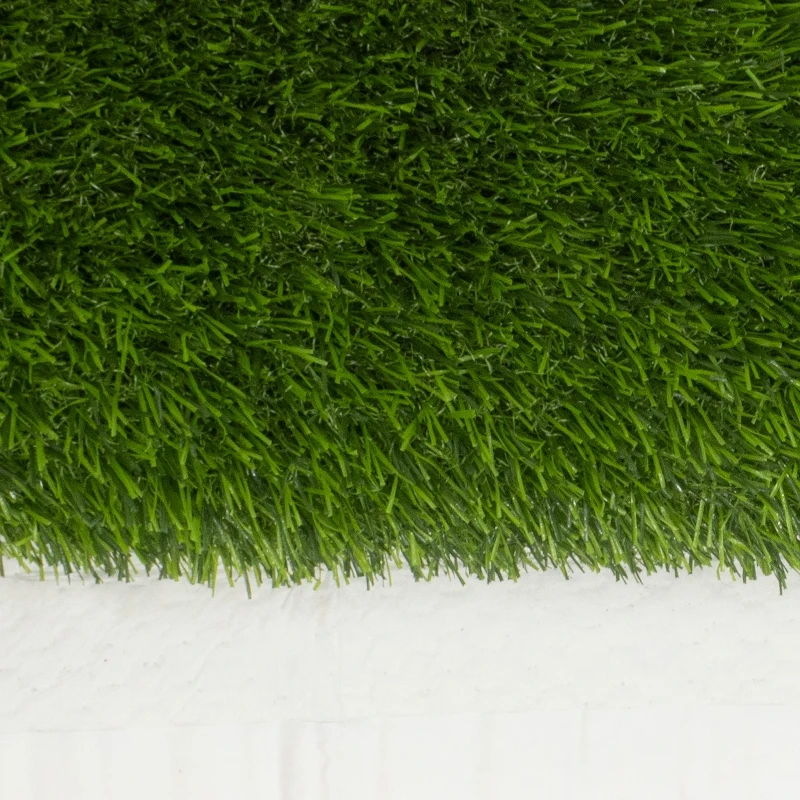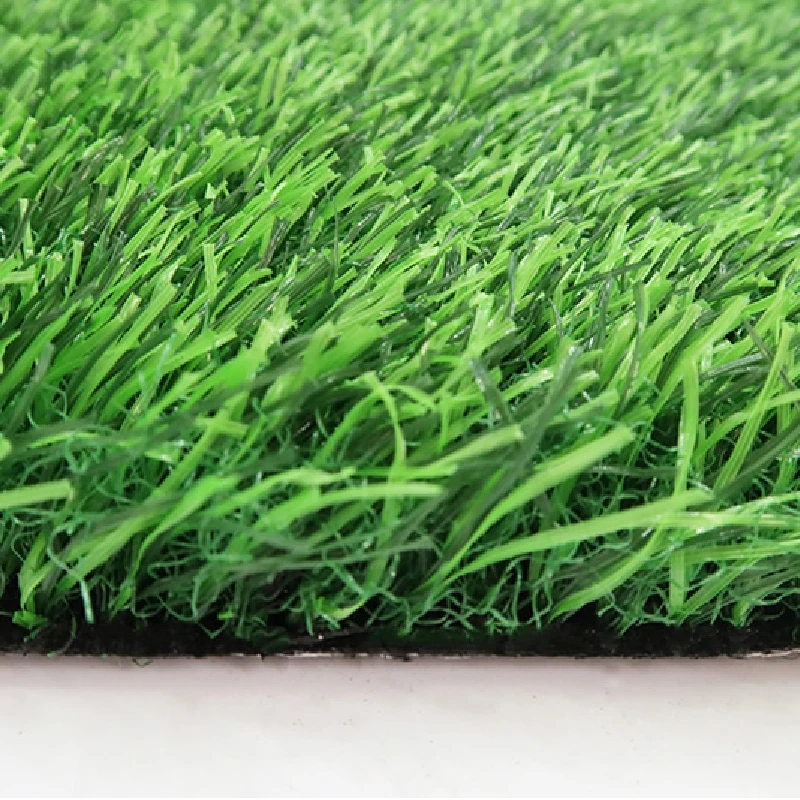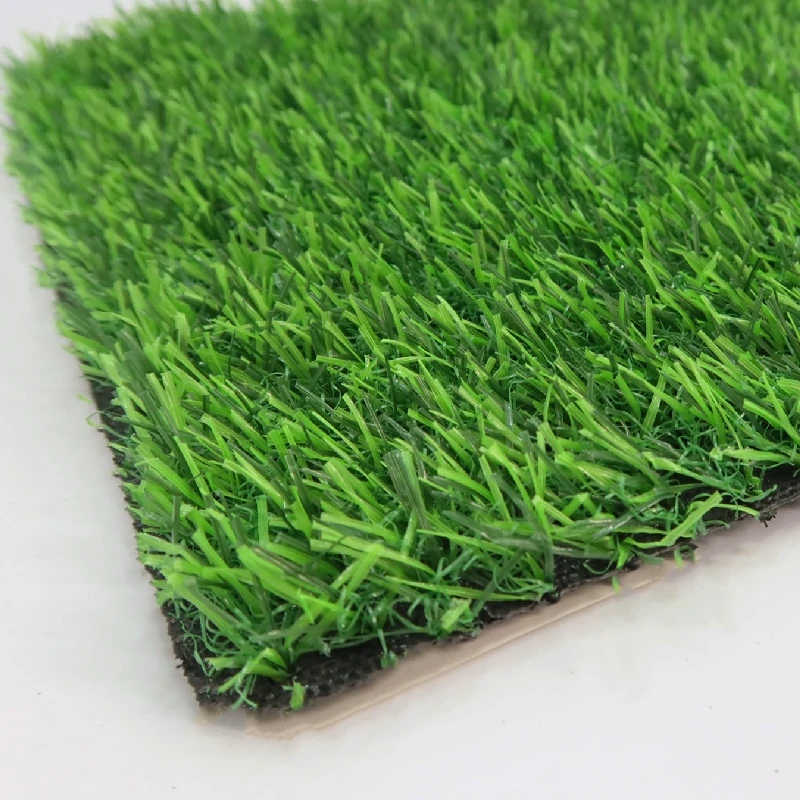Animal Friendly Artificial Grass: Safe, Soft, Odor-Free
Oct . 17, 2025 11:35 Back to list
The Insider’s Guide to Animal-Friendly Artificial Grass for Real-World Pet Life
If you’ve ever scrubbed a muddy paw trail at 10 p.m., you already understand why animal friendly artificial grass has quietly become a go-to for trainers, shelters, and city-dwelling pet parents. I’ve toured yards, kennels, even narrow condo balconies where turf made the difference between chaos and calm. And the tech behind it has matured fast—better fibers, smarter drainage, safer chem profiles.
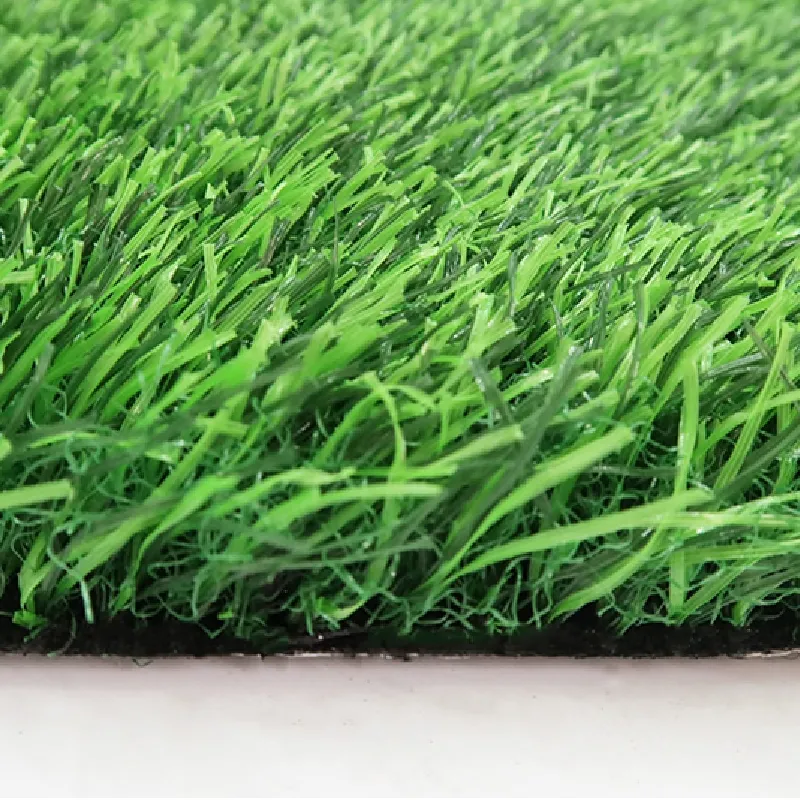
What’s Trending (and Why It Matters)
Three big shifts: water-saving landscapes, stricter safety testing, and customization. In fact, many customers say odor control and fast drainage now outrank looks. Vendors are responding with UV-stable PE fibers, antibacterial options (ISO 22196), and perforated PU/SBR backings rated for high flow. To be honest, the best solutions combine materials and maintenance—turf alone can’t fix poor site prep.

Product Snapshot: Artificial Grass For Pet Training
Animal friendly artificial grass designed for daily training needs a few non-negotiables: soft monofilament blades, robust tuft bind, and drainage that keeps urine from pooling. Hoyarn’s Pet Training model—built in HEIBEI, BAODING—leans into that spec.
| Spec | Details (≈ real-world) |
|---|---|
| Pile height | 30–35 mm PE monofilament + PP thatch |
| Gauge / Density | 3/8" gauge; ≈ 16,000–18,000 stitches/m² |
| Backing | PP cloth + non-woven; SBR latex or PU; perforated |
| Drainage rate | ≈ 60–100 L/min/m² (site prep dependent) |
| UV stability | ISO 4892-3 accelerated weathering tested |
| Safety | EN 71-3 heavy metals; ASTM D2859 pill flammability |
| Odor control | Antibacterial option (ISO 22196); zeolite infill compatible |
| Service life | ≈ 6–10 years (usage and UV intensity may vary) |
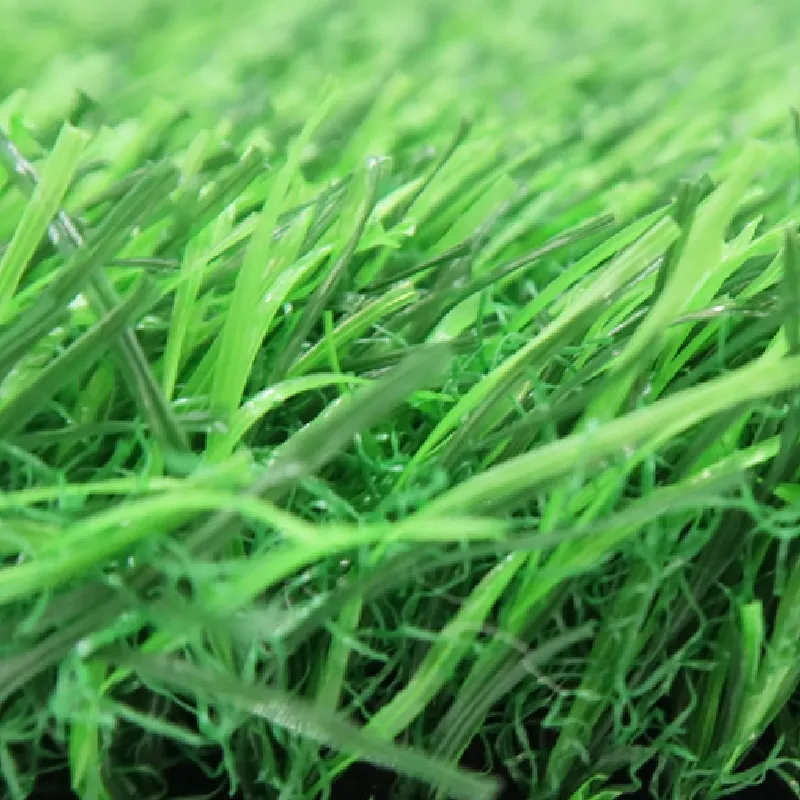
Process Flow and Testing
- Materials: UV-stabilized PE fibers, PP thatch, PP backing; SBR or PU coating.
- Methods: Yarn extrusion → tufting (3/8") → perforation → backing cure → trimming.
- Optional layers: Silica sand/zeolite infill, antimicrobial treatment, shock pad (EN 1177 where impact matters).
- Testing: ISO 4892-3 UV; ISO 22196 antibacterial; EN 71-3; ASTM D2859; stitch pull (tuft bind) QC; permeability checks.
- Industries: Boarding/kennels, veterinary clinics, doggy daycares, multifamily, landscape contractors, trainers.
Real-World Use, Briefly
- Urban balcony potty zones; - dog obedience lanes; - cat play corners; - muddy side yards tamed. A Midwest rescue (32 runs) told me odor dropped “noticeably” after switching to animal friendly artificial grass with zeolite—about 40% by their housekeeping log. Another case: a townhouse HOA cut irrigation use ≈70% after removal of thirsty patches. Results vary, but the trend holds.

Vendor Snapshot: Who Does What
| Vendor | Drainage | Antibacterial | Customization | Warranty |
|---|---|---|---|---|
| Hoyarn (HEBEI) | ≈ 60–100 L/min/m² | Available (ISO 22196) | Pile/backing/color; roll width; logos | Up to 8 yrs (use-dependent) |
| Vendor A | ≈ 40–80 L/min/m² | Optional | Limited SKUs | 5–7 yrs |
| Vendor B | ≈ 70–120 L/min/m² | Yes | Broad, higher MOQ | 7–10 yrs |
Customization Tips
- Pile height: 25–30 mm for high-traffic training lanes; 35 mm for comfort.
- Backing: PU resists hydrolysis; SBR is budget-friendly.
- Infill: Zeolite for ammonia capture; rounded silica for ballast.
- Rolls: Ask for 2 m or 4 m width to cut seams (and headaches).
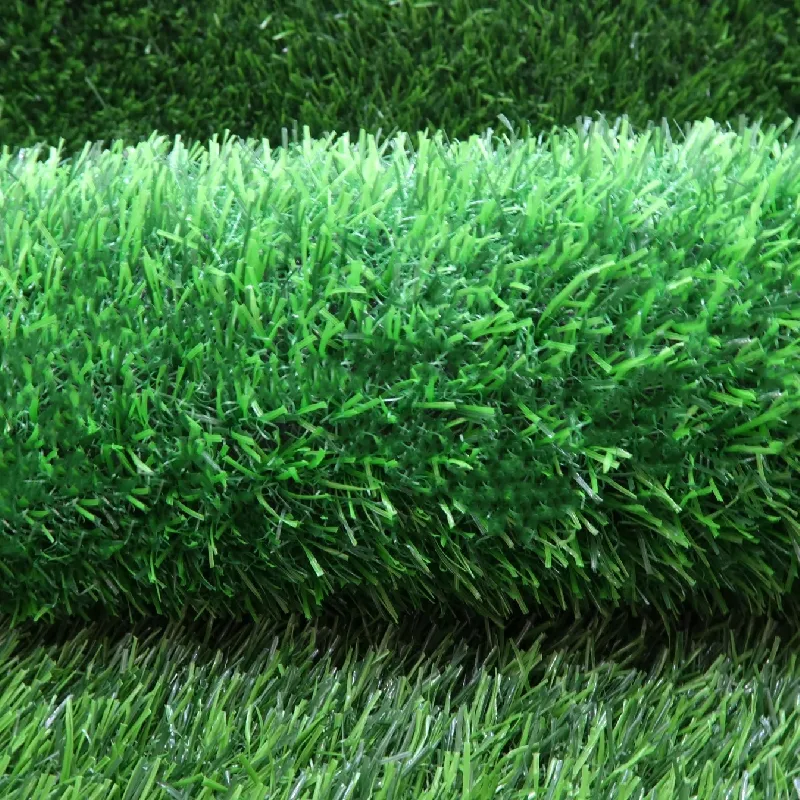
A Few Practical Notes
Maintenance still matters. Rinse high-use spots, enzyme-treat weekly in warm months, and keep the base graded (1–2%) for flow. For noses and paws, a soft 30–35 mm animal friendly artificial grass with certified safety testing usually hits the sweet spot.
Origin: ROOM 209, BUILDING S6, 001 BAOJING ROAD NORTH, XIONGXIAN, BAODING, HEBEI
References
- ASTM D2859 – Standard Test Method for Ignition Characteristics of Finished Textile Floor Covering Materials.
- ISO 22196 – Measurement of antibacterial activity on plastics and other non-porous surfaces.
- EN 71-3 – Safety of toys: Migration of certain elements (heavy metals).
- ISO 4892-3 – Plastics: Methods of exposure to laboratory light sources (UV weathering).
- U.S. EPA WaterSense – Outdoor water use and conservation guidance.
-
Durable, Eco-Friendly Turf for Balcony | Enhance Your Urban Space
NewsNov.24,2025
-
Turf Between Pavers: Sustainable Green Paving Solutions for Modern Urban Spaces
NewsNov.24,2025
-
Discover the Benefits of Turf and Pavers Backyard | Sustainable Outdoor Design
NewsNov.24,2025
-
Top Quality Artificial Grass – Sustainable, Durable, and Stylish Turf Solutions
NewsNov.24,2025
-
Durable and Eco-Friendly Thick Artificial Grass Solutions | Hoya Grass
NewsNov.24,2025
-
Synthetic Turf: Sustainable Green Solutions for Sports, Industry & Urban Living
NewsNov.24,2025
Products categories



